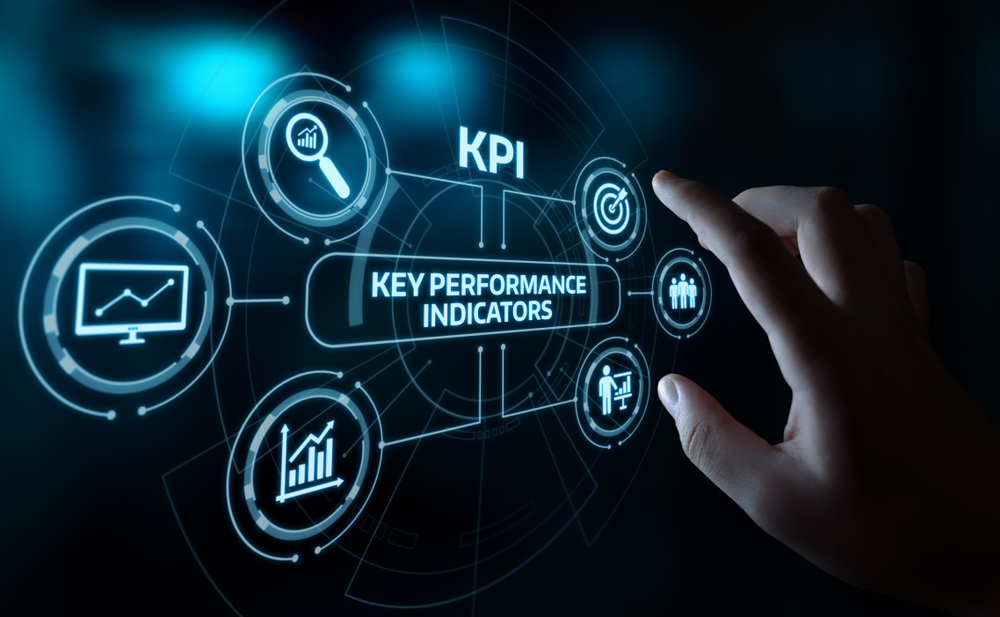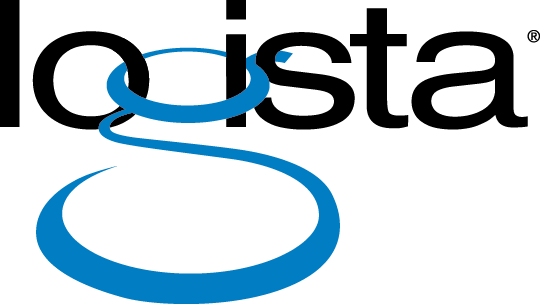KPIs, or Key Performance Indicators, are metrics used to measure the performance and success of an organization or specific department. In the context of IT, KPIs are used to track the performance and effectiveness of IT systems and processes.

IT departments rely on KPIs to ensure that they are delivering high-quality services to their customers and stakeholders. By tracking them, IT departments can monitor the performance of their systems, allocate resources more effectively, manage costs, and continuously improve their services.
Here are the top 10 KPIs every IT department should be tracking:
1. Uptime and Availability: This KPI measures the percentage of time IT services are available to users. It reflects the reliability of IT systems and infrastructure.
2. Mean Time to Repair (MTTR): MTTR measures the average time taken to restore services after an incident or outage. It indicates the efficiency of the IT team in resolving issues.
3. Incident Response Time: This KPI measures how quickly IT responds to incidents reported by users. It helps evaluate the IT team’s ability to address problems promptly.
4. Customer Satisfaction: Measuring customer satisfaction provides valuable feedback on IT services. It can be assessed through surveys or feedback mechanisms to gauge user satisfaction levels.

5. Change Success Rate: This KPI measures the percentage of successful changes implemented by the IT team. It assesses the quality of change management processes.
6. IT Budget Variance: Tracking the variance between planned and actual IT expenditures helps monitor financial performance. It ensures effective financial management within the IT department.
7. Security Breaches: Monitoring the number and severity of security breaches provides insights into the effectiveness of cybersecurity measures and helps identify areas for improvement.
8. System Performance: Measuring the performance of critical IT systems helps identify bottlenecks, optimize resource allocation, and ensure optimal system functionality.
9. Employee Productivity: This KPI measures the productivity levels of IT staff. It can be assessed through metrics like tickets closed, projects completed, or tasks accomplished.
10. IT Project Success Rate: Tracking the success rate of IT projects helps evaluate project management effectiveness and delivery capabilities. It measures the ability to meet project goals, deadlines, and budgets.
Monitoring and analyzing these metrics enables IT departments to align activities with business objectives, enhance service quality, and optimize resource allocation. To achieve these goals, it is important to establish realistic targets for each metric and implement a robust system for data collection and analysis. Regularly reviewing and analyzing trends helps identify patterns, potential issues, and areas for improvement. By embracing these 10 KPIs, organizations can unlock operational efficiency, drive continuous improvement, and ultimately contribute to overall organizational success.
About Logista Solutions
Logista Solutions is a nationally recognized leader in a broad range of technology management solutions. As one of the largest technology support providers in the U.S., Logista provides innovative and holistic solutions to help companies take control of their IT infrastructure and achieve better business outcomes. Popular services include Managed IT as a Service, VoIP and Unified Communications, Managed Print, Cloud Services and Asset Disposition.



